General News
How to Configure an Off Grid Solar System
1. Introduction — Types of Solar Power Systems
Solar power systems classify primarily into three types based on grid connection and storage:
- Grid-tied (On-grid): Solar panels feed power to the grid and home loads; surplus electricity can be exported to the utility.
- Hybrid (Grid + Battery): Combines solar panels, battery storage, and grid backup; can shift between solar, battery, and grid supply.
- Off-grid (Stand-alone): Independent of grid power, relies entirely on solar + battery + possible generator backup; suitable for remote or island sites.
In this article, we focus on off grid solar system configuration: how to size, select, and integrate components to ensure reliable power in no-grid or unreliable-grid environments.
Core question many users ask: How to properly configure an off grid solar system that meets real load needs while being cost-effective and durable?
2. Core Components and Their Roles
An off grid solar system typically includes:
Solar panels (PV modules): Convert sunlight into DC electricity.
Charge controller / MPPT: Regulates current from panels to battery, preventing overcharge.
Battery bank (storage): Stores energy for use when solar input is low.
Inverter / Charger: Converts DC battery output to AC for loads; may accept AC input (e.g. generator).
Backup generator or alternative source: Optional component for prolonged cloudy conditions.
When designing, key metrics include panel wattage, battery capacity (Ah/kWh), continuous and surge load on inverter, and depth of discharge (DoD) planning.
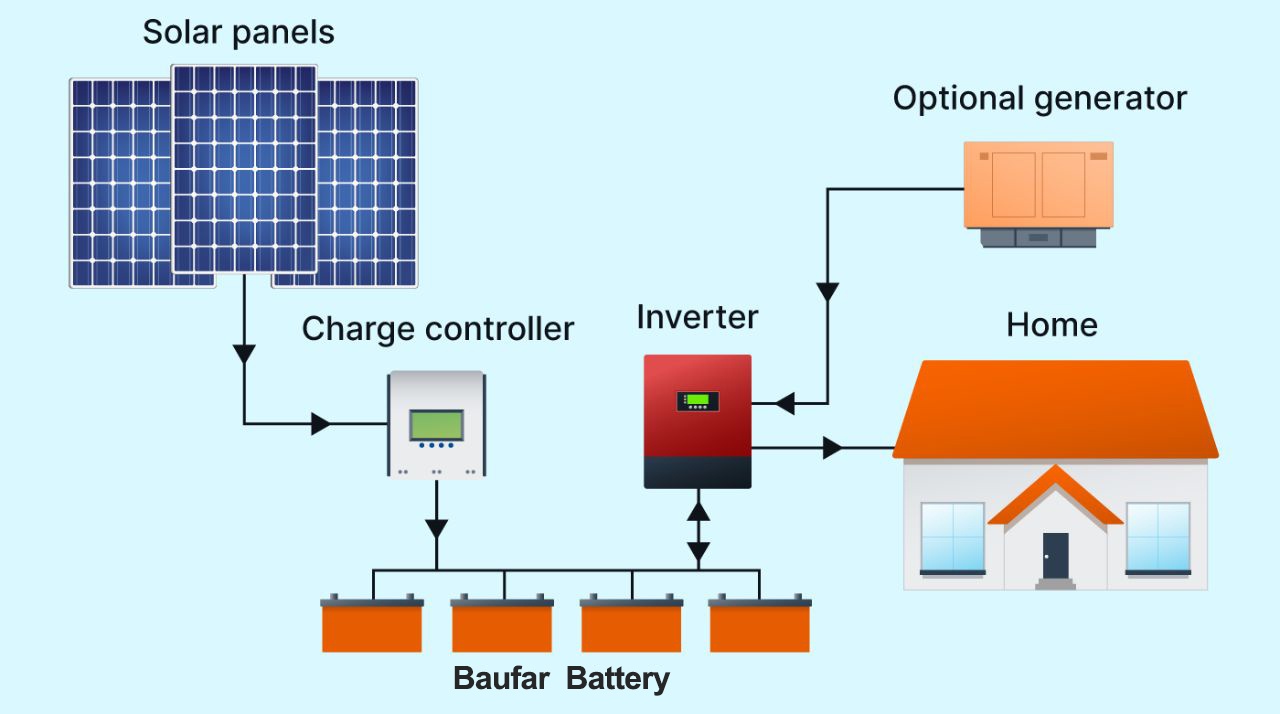
3. Sizing the System: Core Steps
Below is a translated and adapted table from the Chinese article, showing example configuration steps :
| Step | Description | Key Parameter or Formula |
|---|---|---|
| 1 | Determine daily load energy | Sum of all loads (W) × hours used = Wh/day or kWh/day |
| 2 | Choose solar panel capacity | Panel wattage = (Daily load ÷ solar hours) × safety factor |
| 3 | Select battery capacity | Battery (kWh) = (Daily load × autonomy days) ÷ DoD |
| 4 | Size inverter power | Inverter rating must ≥ peak load wattage × safety margin |
| 5 | Design wiring & protections | Include fuses, DC breakers, proper cable sizing, ground fault protection |
By following these steps, users can ensure the system meets power demand, stores sufficient energy, and supports conversion with minimal loss.
4. Key Design Considerations and Best Practices
Autonomy days: Number of days system must run without sun (often 2–5 days). More autonomy increases battery cost.
Depth of Discharge (DoD): Lowering DoD (e.g. 50% instead of 80%) significantly extends battery life.
Temperature impacts: High temperatures degrade battery faster; install batteries in shaded, ventilated enclosures.
Redundancy and margin: Add 10–20% safety margins to PV and inverter sizes to buffer losses, aging, and inefficiencies.
Maintenance access: Design layout to allow access to wiring, module cleaning, and service.
5. Application in Industrial Vehicles & Role of Baufar
In industrial settings, off-grid solar systems sometimes power electric forklifts, AGVs, remote conveyor systems, or charging stations in yard areas without grid access. In these cases, battery systems must match both solar and load profiles.
Baufar Battery leverages its experience in industrial lithium battery systems (for forklifts, pallet trucks, etc.) to provide integrated storage solutions. Key strengths include:
Use of high-quality LiFePO₄ cells (sometimes sourced from CATL / BYD)
Intelligent BMS for charge/discharge control and safety
Modular battery packs scalable to off-grid energy needs
Export and compliance support (UN38.3, CE) for international deployment
Because Baufar already designs for harsh industrial cycles, adapting its technology into off-grid energy storage enables synergy: robust battery systems that meet both mobility and fixed-power demands.
6. Conclusion
Configuring an off-grid solar system involves careful balance among load estimation, panel design, battery storage, inverter capacity, and system protections. Understanding these steps—and applying best practices like margin design, conservative DoD, and quality components—ensures a system that is resilient and cost-effective.
When systems include industrial vehicles or off-grid charging, battery providers like Baufar Battery bring a unique advantage by combining mobility battery expertise with energy storage. Their lithium battery modules are capable of handling both photovoltaic energy cycles and demanding industrial load profiles.


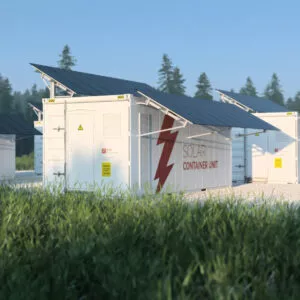



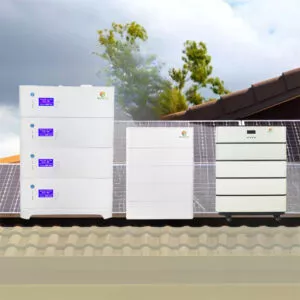
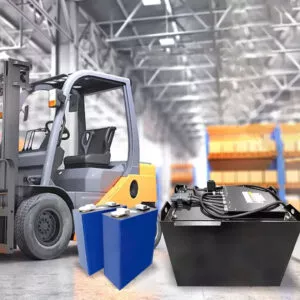
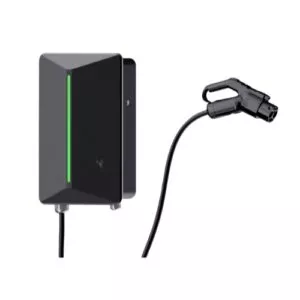
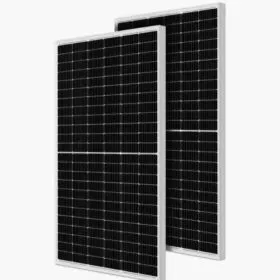 Solar Panel
Solar Panel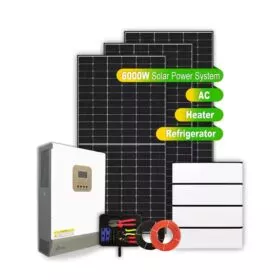 Solar Power System
Solar Power System